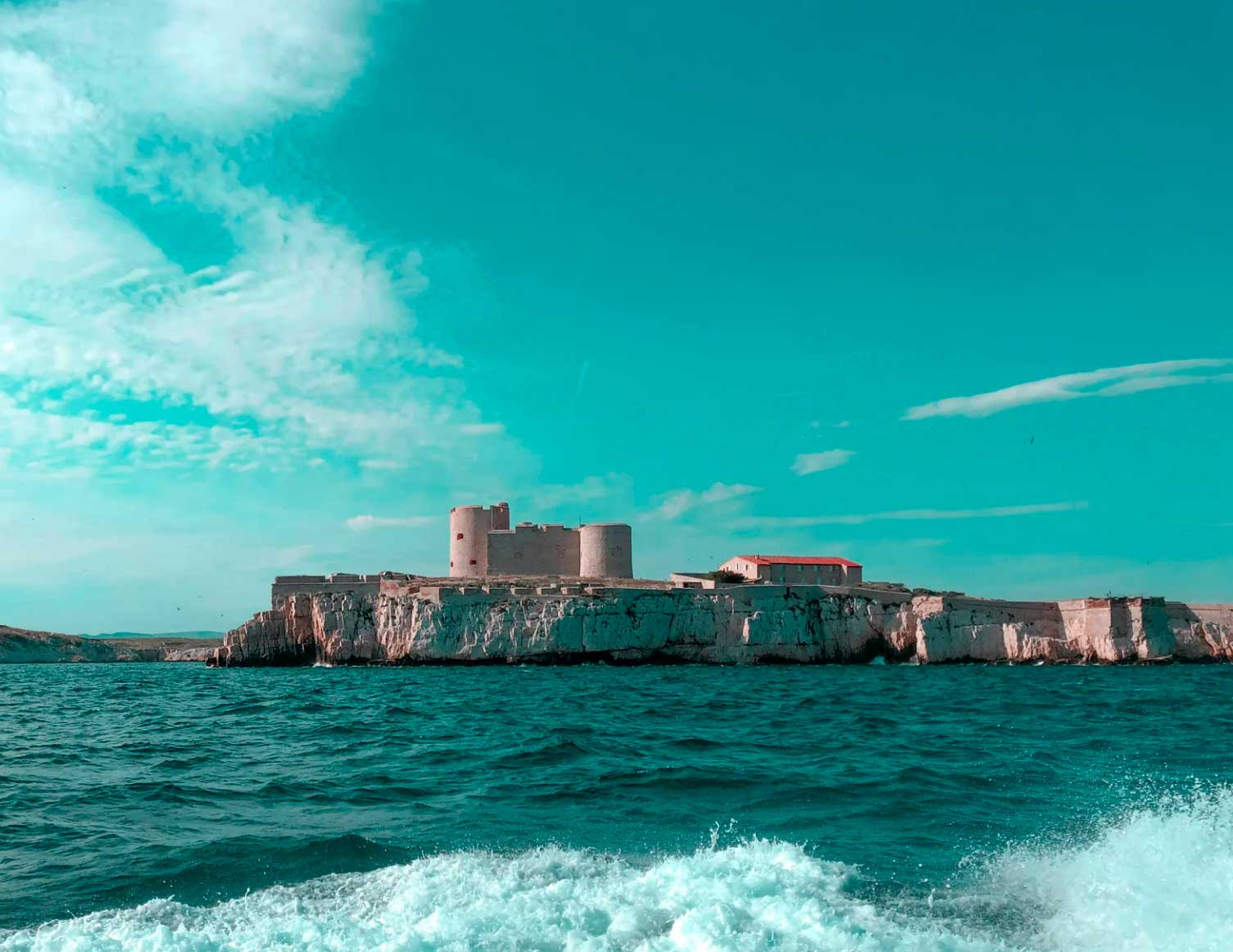Explore the Château d’If: a 16th-century fortress turned prison, now a key tourist site near Marseille, attracting around 100,000 visitors annually.
The Château d’If, located on the Île d’If off the coast of Marseille, France, is a 16th-century fortress that later served as a prison. Constructed between 1524 and 1531 under King Francis I, it was initially intended to defend Marseille from sea-based attacks. However, it never faced a military assault and was repurposed as a state prison by the 1580s. Its isolated location and strong currents made it an ideal detention site, housing notable prisoners, including political and religious dissenters. The Château gained international fame as the setting for Alexandre Dumas’s novel “The Count of Monte Cristo,” published in 1844. Today, it is a prominent tourist attraction, drawing approximately 100,000 visitors annually.
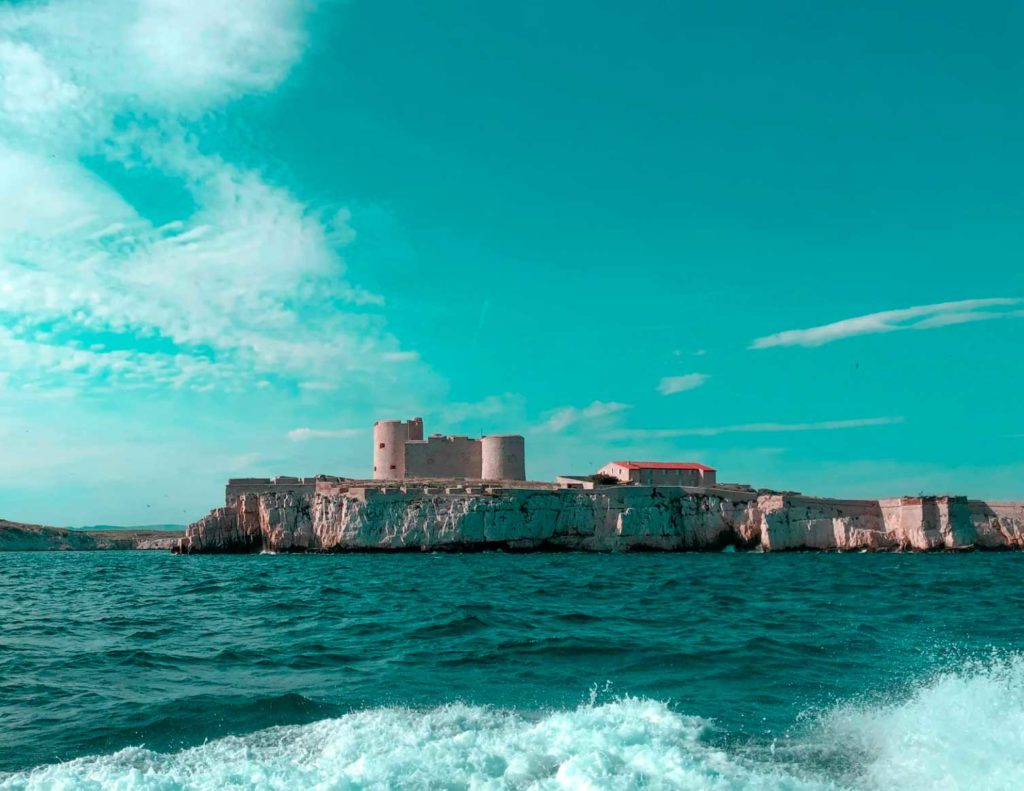
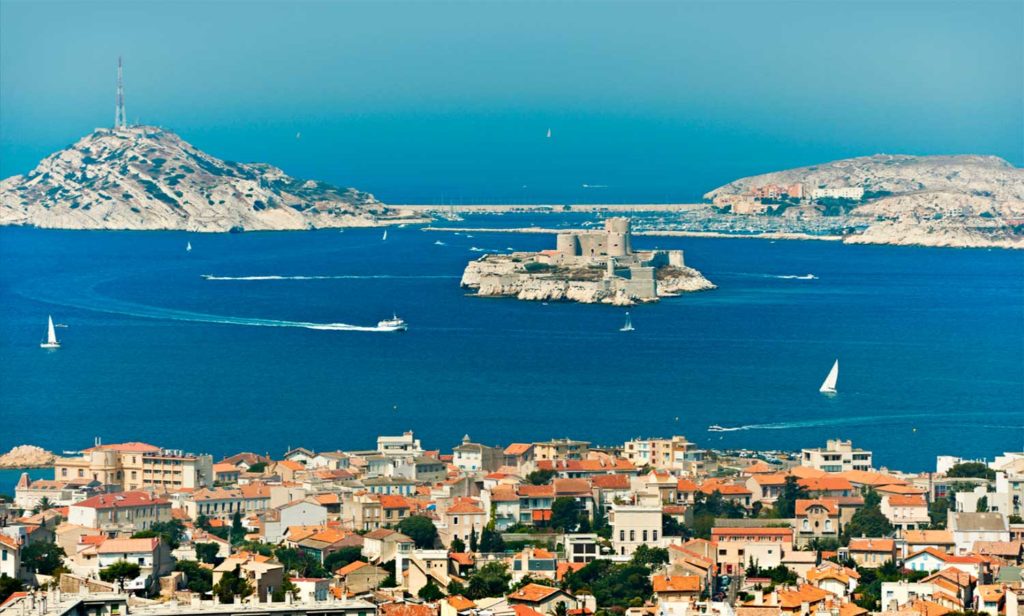
Why visit Château d’If
The Château d’If attracts visitors due to its historical function and literary association. Initially constructed as a fortress in the 16th century, the site was repurposed as a state prison, housing religious dissenters, political opponents, and other detainees. This layered history provides a tangible overview of France’s military and judicial systems during key historical periods.
A prominent reason for its cultural relevance lies in its connection to literature, particularly Alexandre Dumas’s The Count of Monte Cristo. The fictional imprisonment of Edmond Dantès has contributed significantly to the public’s interest in the fortress. A dedicated cell referencing Dantès is open to visitors, reinforcing the site’s symbolic place in popular culture.
Beyond historical and narrative aspects, the location enhances the visit. Positioned on the Île d’If, roughly 3.5 kilometers from Marseille, it offers unobstructed views of the city’s coastline and the Mediterranean Sea. The surrounding environment, marked by strong winds and clear waters, adds to the atmosphere without relying on visual artifice or reconstruction. For visitors seeking a technical understanding of fortress construction, or those interested in literature-based tourism, Château d’If delivers detailed and authentic content within a compact and accessible site.
Location of Château d’If
Situated on the Île d’If, the smallest island in the Frioul archipelago, the Château is approximately 3.5 kilometers off the coast of Marseille. The island covers an area of about 3 hectares and is accessible only by boat. Its proximity to Marseille makes it a convenient destination for tourists seeking a short excursion from the city.
A brief history of Château d’If
The Château d’If was constructed between 1524 and 1531 by order of King Francis I. Strategically located on the Île d’If, its primary function was to serve as a military defense post guarding the approaches to Marseille’s harbor. Equipped with thick walls and gun platforms, the structure was designed to deter naval invasions. However, it was never attacked and did not serve in any significant military conflict, which rendered its initial purpose largely theoretical.
By the 1580s, the fortress was reassigned as a state prison, exploiting its isolation and strong natural defenses. The Mistral winds and surrounding currents made escape virtually impossible. Over the following centuries, the Château d’If became a holding site for religious minorities, including Protestant Huguenots, as well as political dissidents and opponents of the central government. Conditions within the prison varied according to social status, with wealthier prisoners securing better treatment and cells.
Its reputation expanded over time, not only through official records but also through its appearance in literature, especially Dumas’s novel. In 1890, it ceased its penal function and was opened to the public, becoming part of France’s historical monument network. It has since remained a structured site of historical interpretation and tourism.
Importance of Château d’If
The Château d’If holds cultural, historical, and economic significance. Culturally, it is renowned as the setting for “The Count of Monte Cristo,” attracting literary enthusiasts worldwide. Historically, it serves as a testament to France’s military and penal systems. Economically, it contributes to Marseille’s tourism industry, drawing approximately 100,000 visitors annually. This influx supports local businesses and reinforces the city’s status as a tourist destination.
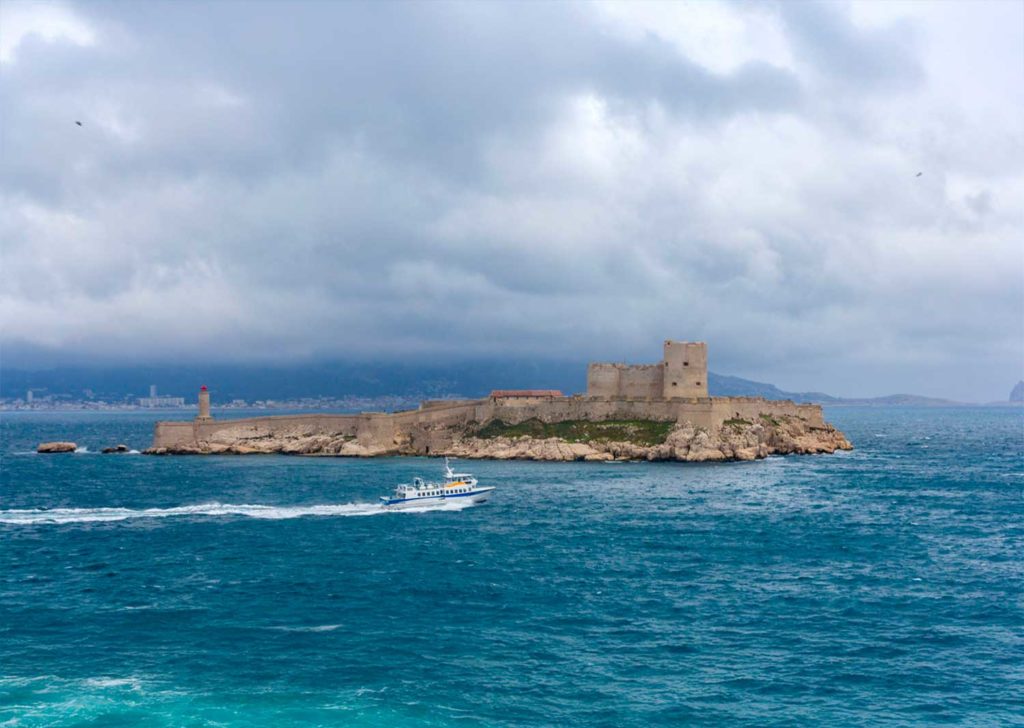
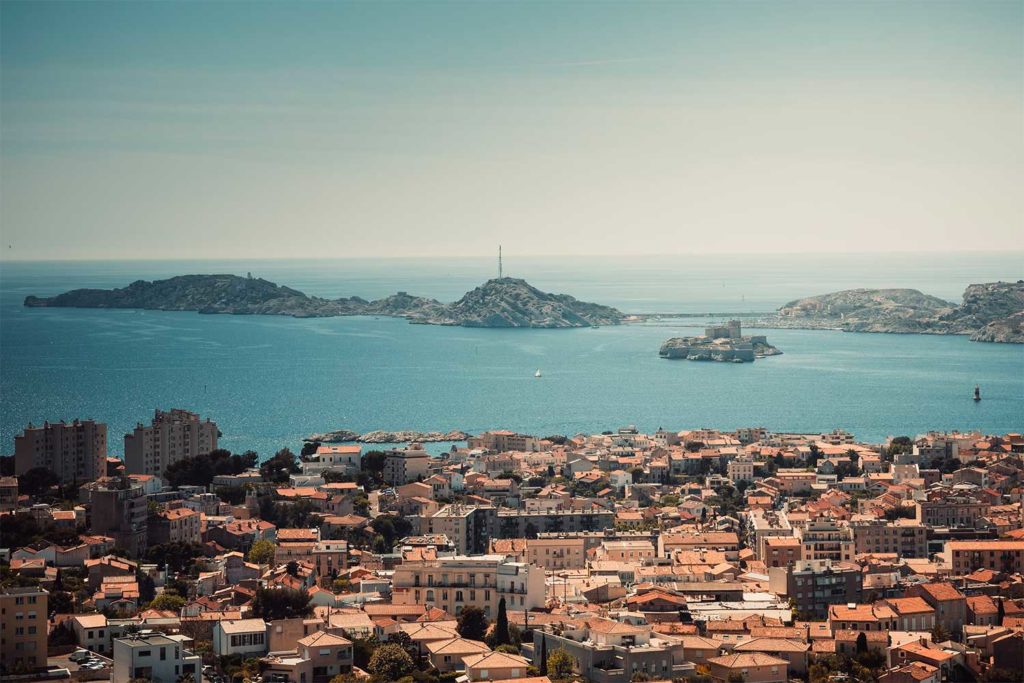
Special features of Château d’If
The Château d’If is notable for its robust architecture, including high ramparts and gun platforms. Inside, visitors can see the stark contrast between the cramped, windowless cells for common prisoners and the more comfortable accommodations for wealthier inmates. The site also features a cell labeled as that of Edmond Dantès, the protagonist of Dumas’s novel, enhancing its literary allure. Additionally, the island’s natural surroundings offer scenic views of the Mediterranean and Marseille’s coastline.
How to visit Château d’If
Access: The Château is accessible by ferry from Marseille’s Old Port. The journey takes approximately 20 minutes, with services operating every two hours. Ticket prices for the ferry are around €9.
Opening hours:
- April 1 to September 30: 10:00 a.m. – 6:00 p.m.
- October 1 to March 31: 10:00 a.m. – 5:15 p.m.
- Closed on Mondays, January 1, May 1, and December 25.
Admission fees:
- Adults: €5.50
- Concessions (18 to 25 years old): €4.00
- Free admission for individuals under 18 and EU citizens aged 18–25.
Best times to visit: To avoid peak crowds, consider visiting during the shoulder seasons in April-May or September. Weather conditions can affect ferry operations, so it’s advisable to check forecasts and schedules in advance.
XperienceFrance is your travel specialist in France.
